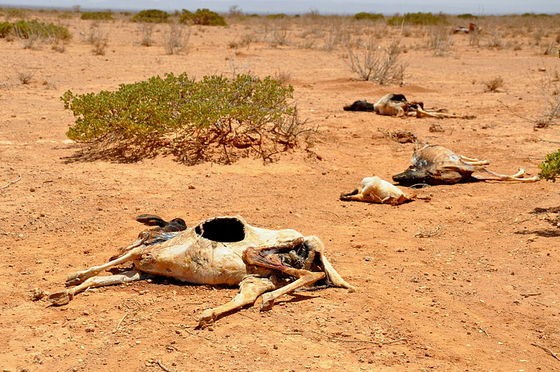World Wildlife Fund (WWF) study says around 3,000 animal species' populations have declined over the past 40 years and humans are to blame.
The conservation group WWF revealed that the wildlife population dropped by 52 percent from 1970 to 2010 on Tuesday. The drop in animal population is due to "uncontrollable human expansion", reports confirmed.
Man-made activities such as excessive emission of carbon dioxide, deforestation, oil and gas development, hunting and overfishing posed biggest threats to nature.
Additionally, climate change, pollution, effects of invasive species and diseases are also factors of the destruction of natural habitats.
In 2012, the species of mammals, birds, fish, reptiles, and amphibians only decreased by 28 percent since 1970, WWF reported. However, WWF advanced methods in measuring wildlife populations shows a huge difference in the result.
The conservation group published the "Living Planet Report" every two years. This is a science-based analysis that monitors the Earth's health and human activities that affects the planet.
Based on the report, the biggest losses happened in tropical regions particularly in Latin America, which lost about 83 percent of wildlife in four decades.
According to WWF study's editor-in-chief Richard McLellan, the "Living Planet" report is meant to represent the overall worldwide population data in the world.
WWF International Director General Marco Lambertini made it clear that there is no room for complacency. Lambertini called to humanity to focus on sustainable solutions to the impact of human actions on nature.
The damage is "not inevitable but a consequence" of the way people choose to live, Zoological Society of London (ZSL) Director Ken Norris said.
Norris also claimed that there is still hope. "Protecting nature needs focused conservation, political will, and support from the industry," he added.



























